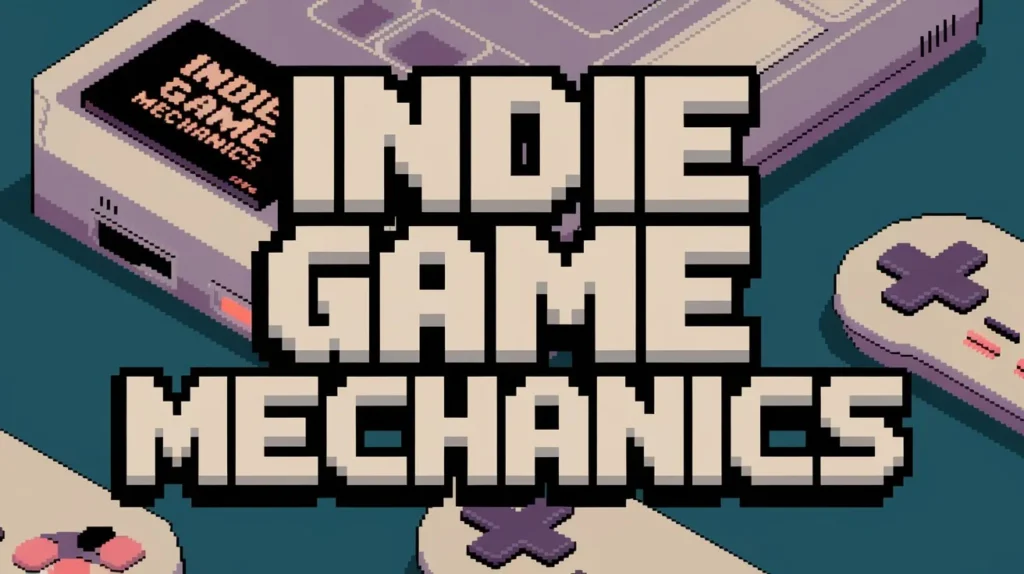Stop me if you’ve heard this one before: You’ve got an amazing idea for an indie game. The story is compelling, the art style is unique, and you’ve even got a killer soundtrack in mind. But when it comes to the indie game mechanics—the core of what will keep players coming back—you’re stuck. It’s not that your ideas aren’t good; it’s just that something feels off. The gameplay isn’t quite as engaging as you’d hoped, and you’re left wondering how to make it click.
Creating game mechanics that truly resonate with players is one of the biggest challenges indie developers face. Unlike AAA studios, you’re working with limited resources and often a small team, which means every design choice needs to count. But don’t worry—you’re not alone in this. Many successful indie games started from the same place of uncertainty, and they’ve paved the way with strategies that you can follow. In this guide, you’ll learn how to design game mechanics that not only keep players engaged but also set your game apart in the crowded indie market. By the end, you’ll have the tools and insights to create gameplay that’s not just fun but unforgettable.
Exploring Different Types of Indie Game Mechanics
Exploration
These mechanics are all about discovery. They encourage players to navigate the game world, uncover secrets, and engage with their surroundings.
- Games like “Hollow Knight” and “Journey” excel at creating vast, mysterious worlds that reward players for their curiosity. In these games, exploration mechanics are often tied to the player’s progression, with new areas becoming accessible as players acquire new abilities or items. For your game, consider how you can create a world that invites players to explore, offering rewards and surprises that make the journey itself a core part of the experience.
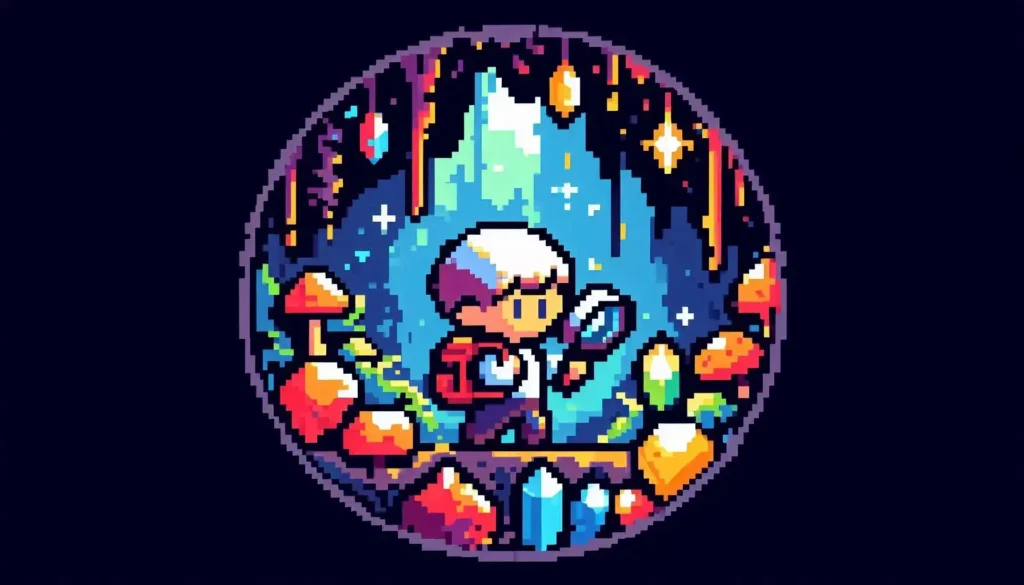
Action
Action mechanics focus on real-time, skill-based interactions, often involving combat or physical challenges.
- “Dead Cells” and “Hyper Light Drifter” are built around fast-paced combat mechanics that require quick reflexes and strategic thinking. These mechanics are typically designed to be exciting and engaging, offering a sense of adrenaline and accomplishment. If your game includes action elements, think about how you can balance challenge and satisfaction, ensuring that combat or action sequences are both thrilling and fair.
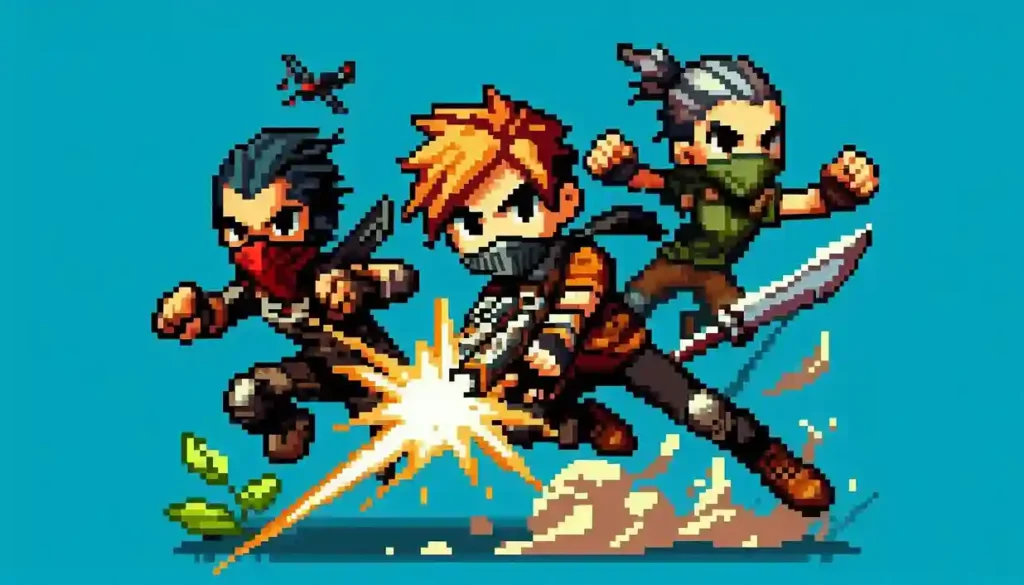
Strategy
Strategy mechanics require players to plan, make decisions, and manage resources or units.
- In games like “Into the Breach” or “FTL: Faster Than Light“, players must carefully consider their moves, balancing short-term gains with long-term goals. These games often feature turn-based or real-time strategy elements that challenge the player’s ability to think ahead and adapt to changing situations. For indie games, strategy mechanics can add depth and replayability, especially when players are given the freedom to experiment with different approaches.
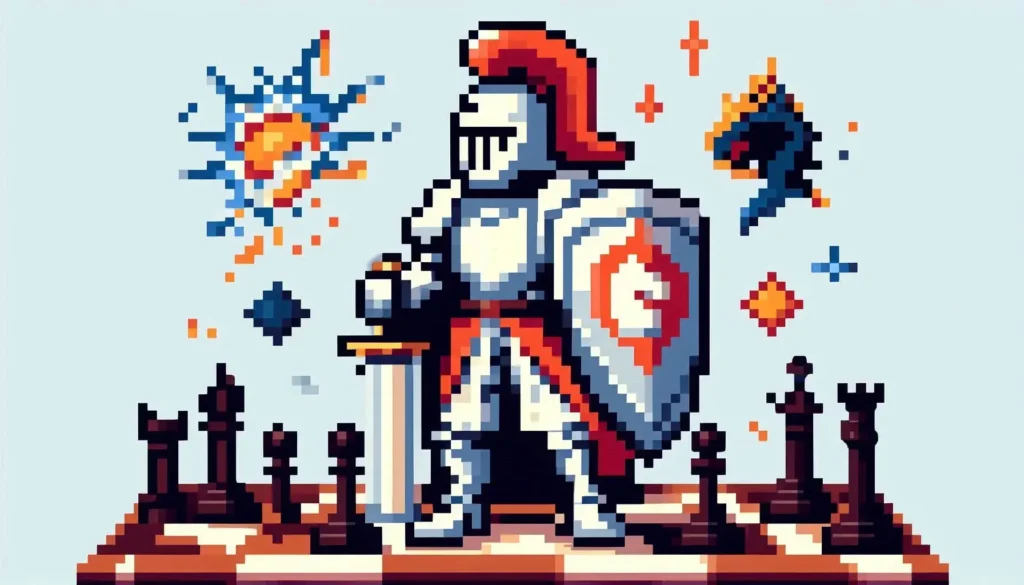
Resource Management
Closely related to strategy mechanics, resource management mechanics involve gathering, allocating, and utilising resources effectively.
- “Stardew Valley” and “Frostpunk” revolve around the careful management of resources, whether it’s farming crops or managing a city’s survival in harsh conditions. These mechanics often create a sense of responsibility and ownership, as players must make decisions that affect their progress and success. Incorporating resource management into your game can add layers of complexity and reward careful planning.

Role-Playing
Role-playing mechanics allow players to assume the role of a character, making choices that affect the story and their character’s development.
- “Undertale” and “Disco Elysium” offer deep narrative experiences where players’ decisions shape the outcome of the game. These mechanics often include character customisation, dialogue choices, and branching storylines. If your game features role-playing elements, think about how you can give players meaningful choices that impact both the gameplay and the narrative.
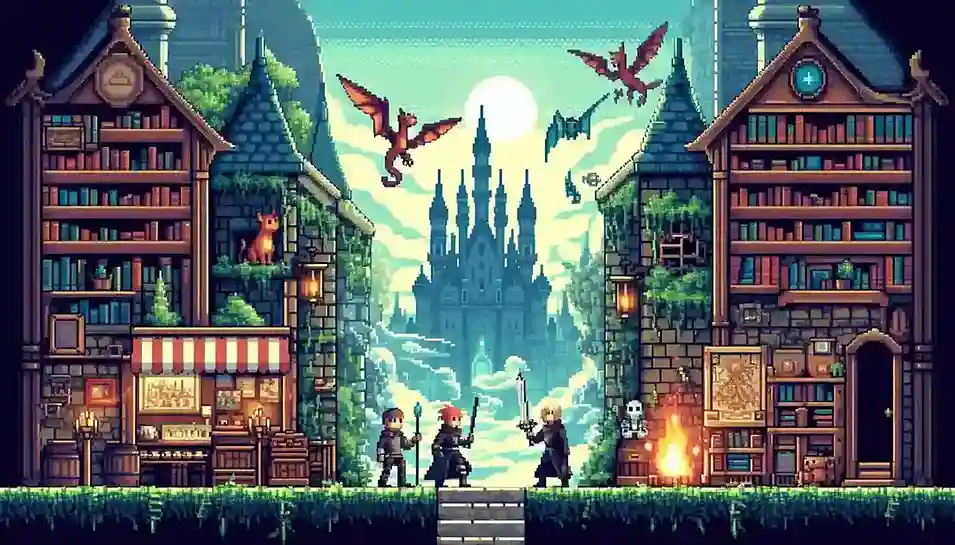
Puzzle
Puzzle mechanics challenge players to solve problems using logic, pattern recognition, or creative thinking.
- “Baba Is You” and “The Witness” are built around innovative puzzle mechanics that offer satisfying “aha!” moments when solved. Puzzles can be used as a core mechanic or as a way to break up the action in other types of games. When designing puzzle mechanics, focus on clarity and progression—players should feel challenged, but not frustrated.
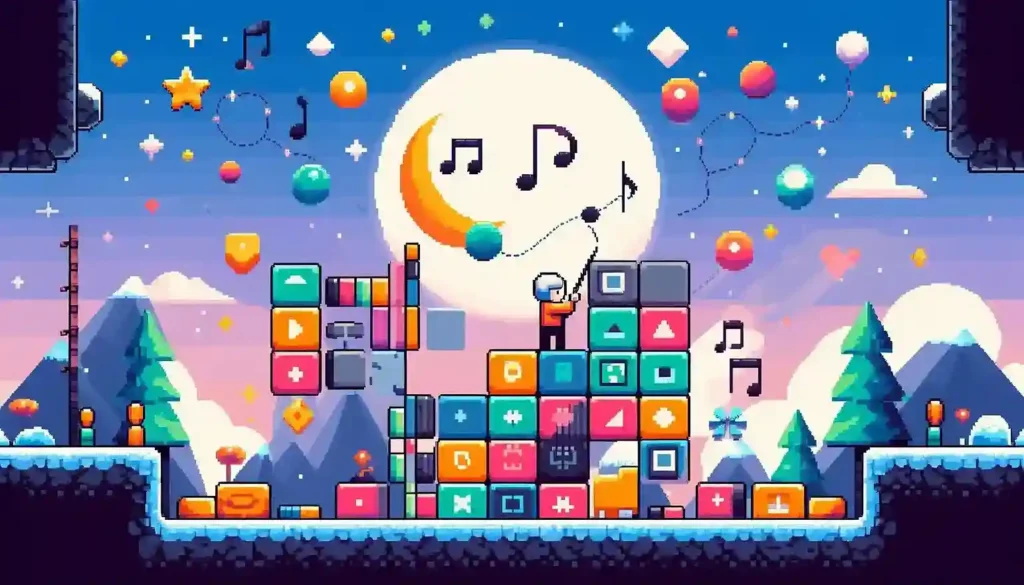
Social
Social mechanics involve interaction between players, whether through competition, cooperation, or communication.
- “Among Us” and “Stardew Valley” use social mechanics to create dynamic player interactions, where relationships and alliances can shape the gameplay experience. These mechanics can be particularly engaging in multiplayer settings, where players’ actions directly affect each other.
By understanding these different types of game mechanics, you can better decide which ones align with your game’s vision and how they can work together to create a compelling experience. In the next section, we’ll dive deeper into what makes these mechanics engaging and how you can apply those principles to your own game.

Understanding What Makes Mechanics Engaging
Game mechanics are the heart of any game, and for indie developers, getting them right can be the difference between a game that’s a hit and one that’s forgotten. But what exactly makes a game mechanic engaging? While there’s no one-size-fits-all answer, successful mechanics often share a few key elements: challenge, reward, novelty, and player agency.
Challenge
At the core of engaging gameplay is the right level of challenge. Players need to feel that they are overcoming obstacles, but these challenges shouldn’t be so difficult that they become frustrating. Think of the platforming in “Celeste“—the mechanics are simple, but the game’s difficulty is carefully balanced to provide a sense of accomplishment with each level cleared. As an indie developer, focus on creating mechanics that challenge players in ways that feel rewarding, rather than punishing.
Reward
A well-designed reward system is crucial to keep players motivated. This doesn’t just mean giving out points or achievements—rewards should be meaningful and tied to the game’s core mechanics. In “Hades“, for example, the reward of progressing deeper into the underworld is complemented by narrative rewards, where new dialogues and story elements are unlocked as players get better at the game. Consider how your game mechanics can offer players rewards that enhance their experience and drive them to keep playing.
Novelty
Indie games often stand out due to their innovative mechanics. Novelty keeps players interested by introducing new and surprising elements throughout the game. Take “Baba Is You“, where the core mechanic of altering the rules of the game itself creates a constant sense of discovery. When designing your mechanics, think about how you can introduce new ideas that will surprise and delight your players, while still fitting within the overall design of your game.
Player Agency
Finally, giving players a sense of control over their experience is vital. This doesn’t necessarily mean offering multiple choices or branching paths; rather, it’s about making sure that players feel their actions matter. In “Undertale“, for instance, the decision to spare or fight enemies drastically changes the game’s outcome, giving players a deep sense of agency. When crafting your mechanics, consider how they can empower players and make their decisions feel impactful.
By focusing on these core elements, you can create game mechanics that not only engage players but also resonate with them on a deeper level. In the next section, we’ll explore how to balance innovation with accessibility, ensuring that your unique mechanics are both intriguing and easy to understand
Balancing Innovation with Accessibility
Start with a Familiar Core
When introducing innovative mechanics, it’s often helpful to ground them in something familiar. This way, players can quickly grasp the basics before diving into the more unique aspects of your game. For instance, the game “Slay the Spire” combines the familiar mechanics of deck-building with the innovative twist of roguelike elements. Players who are familiar with card games can easily get started, but the added layer of roguelike progression keeps the experience fresh and engaging. Consider what familiar elements you can incorporate into your game to make your new mechanics more approachable.
Introduce Mechanics Gradually
One of the best ways to ensure players don’t feel overwhelmed is to introduce new mechanics gradually. This allows players to learn and master each mechanic before adding more complexity. Games like “Celeste” are masters of this approach; each level introduces a new mechanic, giving players time to explore it fully before moving on. In your game, think about how you can structure your levels or gameplay loops to gradually introduce new mechanics, ensuring that players have time to adapt and enjoy each one.
Use Visual and Audio Cues
Clear visual and audio cues can help make complex mechanics more intuitive. For example, in “Hollow Knight“, the game uses subtle animations and sounds to indicate when an enemy is about to attack, giving players just enough information to react without being explicitly told what to do. These cues make the gameplay feel smooth and natural, even when the mechanics are challenging. When designing your game, think about how you can use visual and audio feedback to guide players through your mechanics without overwhelming them with tutorials.
Playtest and Iterate
Innovation is a process of trial and error. To ensure your mechanics are both engaging and accessible, continuous playtesting is crucial. Gather feedback from a diverse group of players, not just those who are experienced gamers or familiar with your genre. This will help you identify areas where your mechanics might be confusing or too difficult. Use this feedback to iterate on your design, making adjustments until you find the right balance. Remember, even the most innovative ideas need refinement to reach their full potential.
Balancing innovation with accessibility doesn’t mean watering down your ideas; it means crafting an experience that invites players in and keeps them engaged. By grounding your mechanics in familiar concepts, introducing them gradually, and refining through playtesting, you can create a game that’s both unique and approachable. In the next section, we’ll explore how to align your mechanics with the game’s narrative and aesthetics to create a cohesive and immersive experience.
Creating Mechanics that Serve the Narrative and Aesthetics
In indie games, where budgets and resources are often limited, every element needs to work together to create a cohesive experience. This is especially true for game mechanics, which should not only be engaging on their own but also complement the game’s narrative and aesthetics. When done well, mechanics can deepen a player’s immersion, making the game world feel more alive and meaningful.
Integrate Mechanics with the Story
One of the most effective ways to make your game mechanics more impactful is to tie them directly to the narrative. This creates a stronger connection between what players are doing and why they’re doing it. For example, in “Papers, Please“, the mechanics of stamping passports and checking documents are directly tied to the game’s narrative of working as an immigration officer in a dystopian world. The repetitive, mundane actions serve to immerse the player in the bleak atmosphere of the story. Think about how your mechanics can reflect the themes or emotions of your narrative, turning gameplay into a storytelling tool.
Align Mechanics with Visual and Audio Design
The visual and audio design of your game should reinforce the mechanics, making them feel like a natural part of the game world. In “Journey”, the simple mechanic of walking and gliding through the desert is enhanced by the game’s stunning visuals and serene music, creating a meditative experience. The mechanics are deliberately minimalistic to match the game’s themes of exploration and connection. When designing your game, ensure that the mechanics, visuals, and audio work in harmony to create a unified aesthetic experience. This doesn’t necessarily mean everything should be minimalist or subdued—what’s important is that each element complements the others.
Use Mechanics to Enhance World-Building
Mechanics can also be a powerful tool for world-building, helping to convey the rules, culture, and atmosphere of the game world. In “Hollow Knight“, the combat mechanics are not only challenging but also contribute to the game’s dark and mysterious world. The precise, responsive controls and the strategic use of abilities like dashing and healing immerse players in the world’s dangerous beauty. Consider how your mechanics can be used to reinforce the environment and lore of your game, making the world feel more tangible and immersive to players.
Consider the Player’s Emotional Journey
Game mechanics should also align with the emotional journey you want players to experience. In “Celeste“, the difficulty of the platforming mechanics mirrors the protagonist’s internal struggles with anxiety and self-doubt. As players progress and overcome increasingly difficult challenges, they’re not just playing a game—they’re also experiencing the protagonist’s growth and resilience. When designing your game, think about how your mechanics can evoke specific emotions or mirror the narrative arc, creating a deeper emotional connection between the player and the story.
By creating mechanics that serve your game’s narrative and aesthetics, you can craft a more immersive and memorable experience. Players will not only engage with your game on a mechanical level but also connect with its world and story in a meaningful way. In the next section, we’ll delve into practical tips for testing and refining your mechanics to ensure they hit the mark.
Testing and Refining Your Mechanics
Designing game mechanics is just the beginning; the real magic happens when you test and refine those mechanics based on player feedback. This iterative process is crucial for ensuring that your game is not only fun but also accessible and engaging for a wide range of players. Here’s how you can effectively test and refine your game mechanics:
Start with Small, Focused Playtests
Begin by conducting small playtests with a handful of trusted players, ideally people who are familiar with your genre but not involved in your project. These early tests should focus on specific mechanics rather than the entire game. For instance, if your game features a unique combat system, have players test that system in isolation before integrating it into the broader gameplay. This allows you to gather focused feedback and make adjustments without overwhelming your testers or yourself.
Use Metrics to Track Engagement
While qualitative feedback is invaluable, quantitative data can also provide important insights. Track metrics such as how long players spend on certain levels, where they tend to fail, and which mechanics they use most frequently. Tools like Unity Analytics or custom in-game metrics can help you gather this data. By analysing these patterns, you can identify which mechanics are engaging players and which might need tweaking.
Observe, Don’t Explain
During playtests, resist the urge to explain how the mechanics work. Instead, observe how players interact with your game naturally. This will give you a clearer picture of how intuitive your mechanics are. If players struggle to understand a particular mechanic, it might be a sign that you need to improve how it’s presented or introduced in the game. Taking notes on player behaviour and reactions can help you identify areas that need clarification or adjustment.
Collect Detailed Feedback
After playtesting sessions, ask players for detailed feedback on their experience. Encourage them to be honest about what they found confusing, frustrating, or boring, as well as what they enjoyed. Open-ended questions like:
- What was your favourite part of the game?
- Was there anything you found difficult to understand?
can provide valuable insights. This feedback will be essential in refining your mechanics and ensuring they’re as polished as possible.
Iterate and Retest
Based on the feedback and data you’ve collected, make adjustments to your mechanics and then retest them. This iterative process is key to refining your game. Don’t be afraid to make significant changes if necessary—sometimes a mechanic needs a complete overhaul to fit better within the game. Continue this cycle of testing, feedback, and iteration until your mechanics feel smooth, engaging, and intuitive.
Diverse Playtesting Groups
As you move closer to finalising your game, expand your playtesting to include a more diverse group of players. This should include players of different skill levels, gaming backgrounds, and even age groups. A mechanic that works well for experienced gamers might be too challenging or confusing for newcomers, so it’s important to gather a range of perspectives. This broader testing phase will help ensure that your mechanics appeal to a wider audience.
Testing and refining your mechanics is an ongoing process, but it’s one that pays off in the long run. By continuously iterating on player feedback, you can fine-tune your mechanics to create a game that’s not only innovative but also thoroughly enjoyable. In the final section, we’ll discuss some common pitfalls to avoid when designing and refining your game mechanics.
Avoiding Common Pitfalls
Designing game mechanics is a complex process, and even experienced developers can fall into certain traps. Being aware of these common pitfalls can save you time and frustration, helping you create mechanics that truly shine.
Overcomplicating Mechanics
One of the most common mistakes indie developers make is trying to do too much with their mechanics. While it’s tempting to pack your game with features, this can lead to cluttered and confusing gameplay. Instead, focus on a few core mechanics and refine them until they’re polished and engaging. Remember, simplicity can be powerful tool!
- “Super Meat Boy” and “Limbo” demonstrate how a minimalist approach can lead to deep and satisfying gameplay.
Ignoring Player Feedback
It can be difficult to hear criticism of your game, especially when you’ve poured your heart into it. However, ignoring player feedback is a sure way to miss out on valuable insights. Even if you disagree with the feedback, consider why a player might feel the way they do. There’s often a kernel of truth in criticism that, if addressed, can greatly improve your game. Embrace feedback as a tool for refinement, not as a personal attack.
Inconsistent Mechanics
Consistency is key to a smooth gameplay experience. If your mechanics feel disjointed or out of sync with the rest of the game, it can disrupt player immersion. For example, if a game suddenly introduces a new mechanic late in the game without adequate build-up or explanation, it can feel jarring. Make sure all your mechanics fit together logically and that new mechanics are introduced in a way that feels natural and consistent with the game’s flow.
Neglecting the Learning Curve
A well-designed learning curve is essential to keeping players engaged. If your mechanics are too difficult to grasp initially, players may become frustrated and quit. Conversely, if the game is too easy for too long, they might get bored. Gradually increasing the complexity and difficulty of your mechanics allows players to feel like they’re mastering the game over time.
- “Portal” excel at this, gradually teaching players the mechanics through clever level design without overwhelming them.
Underestimating the Importance of Polish
Even the best-designed mechanics can fall flat if they’re not polished. Small details like responsive controls, smooth animations, and satisfying audio cues can make a huge difference in how players experience your game. Polish isn’t just about fixing bugs; it’s about ensuring that every interaction feels good.
- Indie games like “Celeste” and “Hades” are prime examples of how attention to detail in the polish phase can elevate the overall gameplay experience.
Overlooking Accessibility
Finally, don’t forget to consider accessibility when designing your mechanics. Ensuring that your game can be enjoyed by as many people as possible is not only good practice but also expands your potential audience. This can include adding options for different control schemes, providing visual or audio alternatives for important cues, and allowing for difficulty adjustments.
- “Celeste” offer assist modes that allow players to tweak the game’s difficulty, making it more accessible without compromising the core experience.
Avoiding these pitfalls can help you create game mechanics that are not only engaging but also polished and player-friendly. By focusing on simplicity, consistency, and polish, and by embracing player feedback and accessibility, you’ll be well on your way to crafting a game that stands out in the indie market.
Conclusion
Creating engaging game mechanics for an indie game is a challenging but rewarding process. By understanding what makes mechanics engaging, balancing innovation with accessibility, aligning mechanics with narrative and aesthetics, and refining your ideas through thorough testing, you can craft gameplay that resonates with players. Avoiding common pitfalls ensures that your mechanics are not only innovative but also polished and enjoyable. With these strategies, you’ll be better equipped to bring your game to life and make a lasting impression in the indie gaming world.

